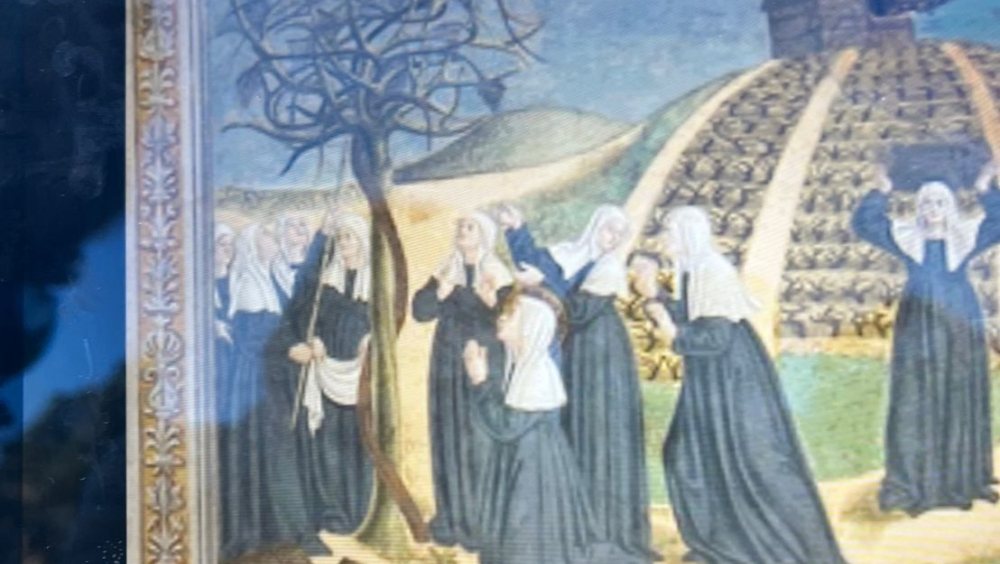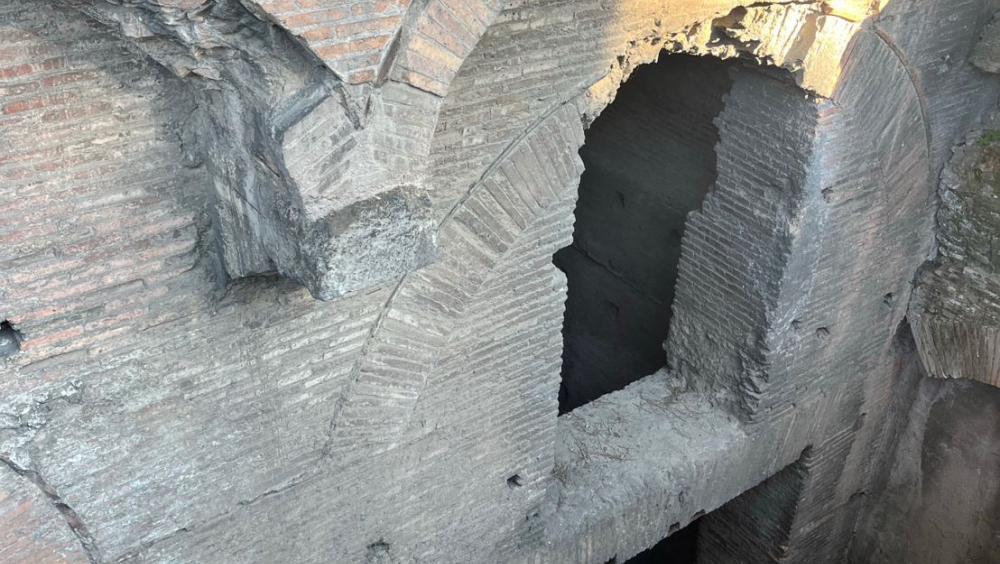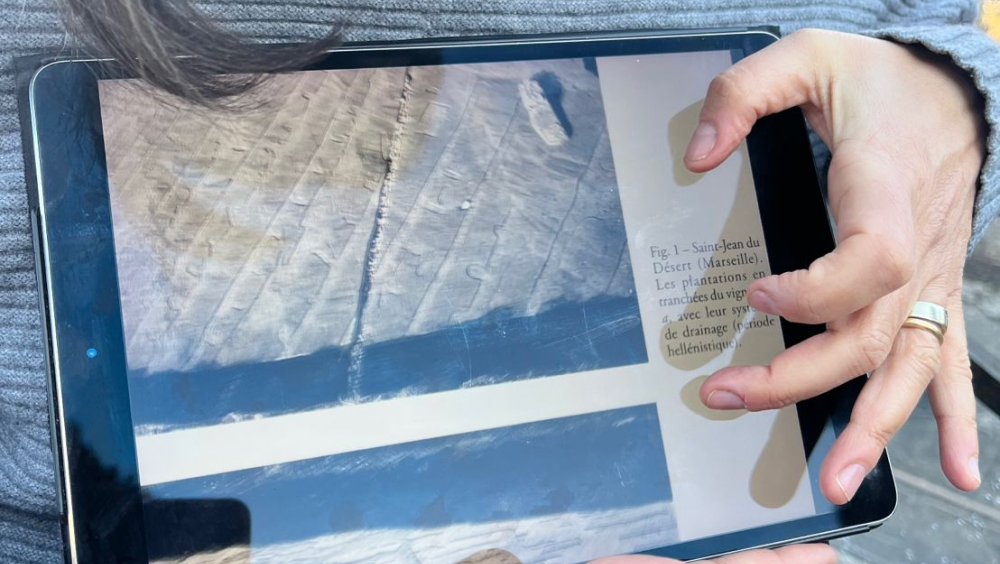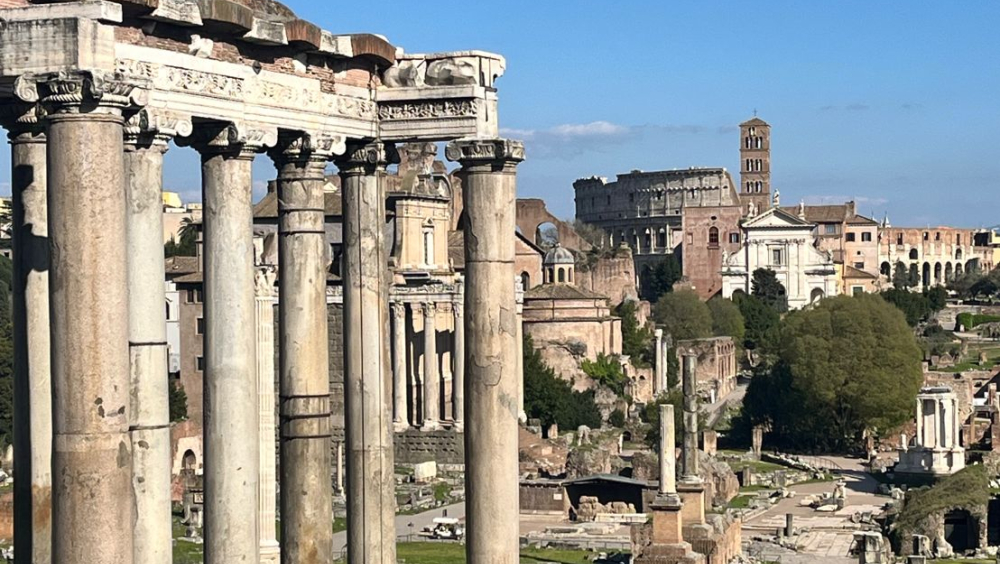Wine Drinkers in Antiquity
"Wine Drinkers in Antiquity - History and Stories of Vine and Wine in Rome" is a meticulously crafted itinerary devised by three women deeply entrenched in the realms of wine and culture: Emanuela Panke (Iter Vitis Cultural Route of the Council of Europe), Giovanna Trisorio (wine maker), and Simona Bracci (archeologist). This journey serves a dual purpose: to unveil Rome's splendor sustainably, delving into its famed historic center while uncovering lesser-known gems, and to delve into the ancient history of wine in Rome, tracing its roots in the city's earliest settlements and exploring its multifaceted significance—from religious and cultural to artistic and spatial dimensions. Wine, ingrained in Rome's landscape since ancient times, emerges as the guiding motif for unraveling the city's history.
"Wine Drinkers in Antiquity - History and Stories of Vine and Wine in Rome" is an itinerary born from the meeting of three women active in the world of wine and tourism: Emanuela Panke (Iter Vitis Cultural Route of the Council of Europe), Giovanna Trisorio (wine maker), and Simona Bracci (archeologist). The basic idea is twofold: to reveal the beauties of Rome in a sustainable way, touching many places in its precious historic center, exploring, however, some of the lesser-known ones. At the same time, lead participants to discover the oldest history of wine in Rome by following its traces hidden in the beating heart of the earliest settlements, trying to reconstruct the multiple aspects of this complex product/nectar: from religious and cultural to artistic and spatial ones. After all, wine and its trade have punctuated the space of Rome since Roman times, leaving visible traces to this day, as they have done for the cultural and social aspect. Wine is therefore the leitmotif that leads the visitor to discover the history of the city. The history of wine in this walk is revealed in chronological order, to follow the complex stratigraphy of the history of Rome. It is surprising to find out how aspects of life, daily and not, influenced by wine, in ancient times enjoyed a great complexity, greater than today's. The ultimate aim of the initiative is to give back the deserved depth to a product that characterizes human food and culture almost since its birth, constituting, today, a pride of Italian agricultural production. To rediscover the value of the term "tradition" when referring to wine and vine in Italian culture.
An innovative approach to transmit the values of tangible and intangible heritage harnesses the seductive power of wine and vine. This allows visitors who have already admired cultural sites to experience them from a different perspective. Additionally, it invites potential visitors who may not be initially interested in classic cultural topics to discover the immense heritage that Rome can offer
The itinerary unfolds chronologically, mirroring Rome's layered history. Participants are transported from the Capitoline Hill, overlooking the Roman Forum and Palatine Hill, where the origins and cults of Roman wine are explored, to the awe-inspiring Caesar's Forum, where vine cultivation and agronomy production are scrutinized. The journey continues to the Ara Coeli Insula, delving into potential wine consumption sites and Roman wine types and prices, before culminating at the Theatre of Marcellus, a bastion of the Roman triumph.
Transitioning to the Middle Ages, the itinerary ventures to The Monastery of Tor de Specchi, where Antoniazzo Romano's exquisite paintings and local wine production at convents are examined. Along the Tiber to Ripa, participants uncover the intricate systems of discharge/control, taxation, and wine distribution, revealing intriguing historical insights such as wine taxation funding university professors during the 17th century. The journey then leads to the Baroque Church of Santa Maria dell'Orto, nestled in the heart of Trastevere, investigating artistic commissions linked to wine. Vicolo della Luce, home to the oldest wine bar, prompts discussions on wine transportation and consumption in modern times.
Concluding the voyage, participants are transported to the 17th century and Palazzo Farnese, unraveling the ties between Paolo III, Sante Lancerio, and wine, before delving into the Hotel della Vacca at Campo de' Fiori, where Vannozza Cattani, the lover of Cardinal Borgia, resides as the host of Rome's inaugural hotel, with wine as an integral part of her hospitality. Ultimately, this initiative seeks to restore depth to a product integral to human food and culture, underscoring its pride of place in Italian agricultural heritage and rediscovering the essence of tradition in Italian wine culture.
The European dimension of "Wine Drinkers in Antiquity - History and Stories of Vine and Wine in Rome" lies in its connection to the Iter Vitis Cultural Route of the Council of Europe. This initiative, is part of a broader European framework aimed at preserving and promoting the cultural heritage of vineyards, wine production, and winemaking traditions across Europe. The Iter Vitis Cultural Route, established by the Council of Europe, serves as a platform for cultural exchange, sustainable tourism, and appreciation of the diverse wine-producing regions of Europe. By exploring the ancient history of wine in Rome, participants in the itinerary are not only delving into the rich cultural heritage of the city but also connecting to a broader European narrative surrounding viticulture and winemaking. Furthermore, the itinerary's focus on sustainability and uncovering lesser-known aspects of Rome's history aligns with broader European initiatives aimed at promoting responsible tourism and preserving cultural heritage for future generations.
The initiative contributes to the European dimension by linking to the Iter Vitis Cultural Route and promoting the shared cultural heritage of viticulture and winemaking traditions across Europe. It holds significant potential for replication in other European destinations with rich wine and cultural heritage. The framework established by this itinerary can serve as a model for similar initiatives across Europe, fostering sustainable tourism, cultural exchange, and appreciation for local traditions. Replicating this initiative in other European destinations involves adapting the itinerary to reflect the unique historical and cultural contexts of each region. By tailoring the itinerary to showcase the specificities of each destination, similar initiatives can offer visitors immersive experiences that celebrate local traditions and heritage. Moreover, the emphasis on sustainability and responsible tourism embedded within the "Wine Drinkers in Antiquity" initiative can be replicated in other destinations, aligning with broader European efforts to promote environmentally conscious travel practices and preserve cultural heritage.



